
Your donors aren’t just names in your nonprofit’s CRM. They’re partners in your mission and vital threads in the fabric of your community. The messages you send are more than fundraising appeals; they’re opportunities to nurture relationships, share your story, and inspire action.
In an age dominated by digital outreach, direct mail fundraising remains a powerful tool for nonprofits to connect with donors. It offers a personal touch that builds trust, evokes emotion, and drives meaningful engagement.
To help incorporate direct mail into your marketing plan or elevate your current direct response fundraising approach, this guide will walk through several strategies for honing your outreach.
Personalize for Maximum Impact.
Mailing donors is a form of direct marketing, which Double the Donation defines as appeals addressed and sent to individuals. It involves speaking directly to individuals by delivering a tailored message that elicits a specific response. Personalized outreach shows donors you care about their specific contributions. Something as simple as a letter with their name on it can catch their attention and make your message seem more meaningful.
Take it a step further by mentioning:
- Giving history: To show appreciation for donors’ contributions, mention specific gift amounts, dates, or campaigns they have supported.
- Event participation: Acknowledge their involvement in past events, volunteer efforts, or advocacy work to deepen their connection to your mission.
- Milestones: Highlight special moments, such as the anniversary of their first gift or reaching a lifetime contribution milestone.
- Relevant programs: Highlight initiatives or programs that align with their personal interests or giving priorities.
You can also customize suggested donation amounts based on their giving history or tailor recommended involvement opportunities to provide new ways to give. The right nonprofit fundraising tools will help you achieve this level of personalization.
For example, segment your donors within your CRM. You can create targeted mailing lists based on giving history, demographics, and interests. You might also experiment with Variable Data Printing (VDP), which allows you to personalize individual pieces of mail at scale. With VDP, you can customize elements like donor names, specific asks, or calls-to-action to make every message feel uniquely tailored.
Prioritize Impactful Messaging.
Your messaging is the foundation of your direct mail strategy.
 Start with your nonprofit’s unique value proposition. That is, why should donors give to your cause? Identify your supporters’ shared interests, beliefs, and preferences to uncover common motivations for donating. Consider what action you want readers to take after reading your letter or postcard, such as donating to a specific initiative or attending an event.
Start with your nonprofit’s unique value proposition. That is, why should donors give to your cause? Identify your supporters’ shared interests, beliefs, and preferences to uncover common motivations for donating. Consider what action you want readers to take after reading your letter or postcard, such as donating to a specific initiative or attending an event.
After defining your message and the action you’ll ask people to take, craft compelling copy with these tips:
- Be straightforward. Don’t convolute your message with complex words and long-winded sentences. Use short sentences, simple language, and contractions. Incorporate power words—such as join, empower, champion, critical, and together—sparingly. Overloading a piece of direct mail with these words can make it feel insincere.
- Evoke emotion with stories. A compelling narrative adds substance to your appeals. For example, share the story of Maria, a single mother who received resources to secure stable housing and training to land a new job. Humanize donors’ impact further by including direct quotes from Maria and her photo.
- Align your tone with your nonprofit’s brand. Aligning your copy’s tone with your brand ensures consistency, authenticity, and trust. For example, an optimistic tone might include phrases like, “Change is possible,” while a professional tone could say, “Your investment is making a notable difference.”
Above all, focus on the impact donors make possible. Help them see themselves as vital partners in your mission by using donor-centric language like “you” and “your” to keep the spotlight on their role.
Put Thought Into Your Designs.
You want your direct mail appeal to grab attention and engage readers. A well-designed piece ensures that your message is appealing and easy to read, making it more likely to resonate with donors. By aligning the design with your nonprofit’s brand, you’ll create a professional impression that inspires support.
Consider these design elements:
-
- Compelling imagery: Use photos of your beneficiaries and work to showcase the tangible impact of donor support. Ensure you have a signed photo release to obtain consent and respect privacy.
- Clear calls-to-action: Add bold, actionable prompts that inspire an immediate response.
- Readable fonts and colors: Easy-to-read text with contrasting colors will boost accessibility.
- Clean layout: An organized design guides readers through the content. Remember to use short paragraphs for an uncluttered look.
- Response envelopes: Insert pre-addressed, prepaid envelopes to make it easy for donors to send in their contributions.
- Donation QR or text-to-give code: Include your text-to-give number or a QR code that leads to your donation page for those who prefer digital giving.
- Eye-catching envelopes: Add your nonprofit’s logo, and print phrases like “You’re changing lives—open to see how!” to spark curiosity. You can also try colored or uniquely sized envelopes to make your piece stand out.
Together, these elements will guide your donors through your outreach. Your design will capture attention in a stack of mail, make your message easy to understand, and motivate donors to take action.
Outsource The Work To A Direct Mail Agency
Mastering direct response fundraising can be challenging if you don’t have in-house copywriters and professional designers. Instead, consider partnering with a direct mail agency.
These professionals bring all sorts of advantages to the table. For one, they understand the core principles of nonprofit marketing and donor psychology, meaning they understand supporters’ motivations and can craft persuasive messages that engage donors. Since they have set processes, they’ll streamline everything from the design to mailing logistics, reducing the time needed to produce direct mail pieces.
To better understand an agency’s role in direct mail fundraising, Allegiance Group + Pursuant’s direct mail fundraising page explains services such as:
- Copywriting, professional design, and development: An agency can craft appeals with powerful narratives that inspire action. They’ll communicate your unique value proposition, use donor-centric language, and organize your content in a visually pleasing format.
- Printing and mailing: An agency will handle printing and mailing outreach to donors. They’ll also know how to use VDP to personalize direct mail based on donor data.
- Testing and optimization: By defining clear objectives and success metrics, a direct response fundraising agency ensures data-driven decisions. They can test individual variables, like donation request amounts or messaging strategies, to identify what resonates best.
To choose the right partner, look for a direct mail agency that’s experienced in fundraising. Review available case studies, testimonials, and pricing structures to pick one that will fulfill your needs without breaking your budget. In turn, you’ll find a partner who can craft compelling materials to push your mission forward.
Direct mail fundraising can be a pivotal part of your fundraising efforts. It’ll help you stay in touch with donors who aren’t online or those who simply prefer the personal touch of direct mail.
Remember, every campaign is an opportunity to learn, improve, and deepen connections between your organization and those who believe in your cause. Whether engaging new donors or long-time supporters, the right strategies will cultivate all relationships and make your direct mail efforts a cornerstone of your nonprofit’s success.
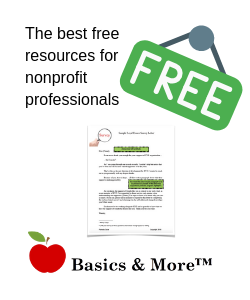
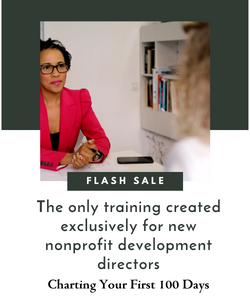


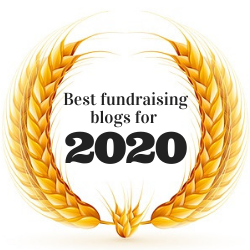


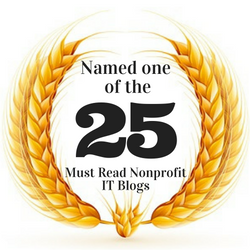
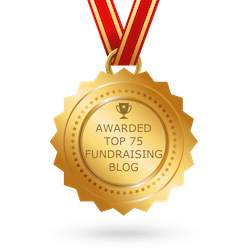








 I can’t wait to meet with you personally.
I can’t wait to meet with you personally.
Comments on this entry are closed.